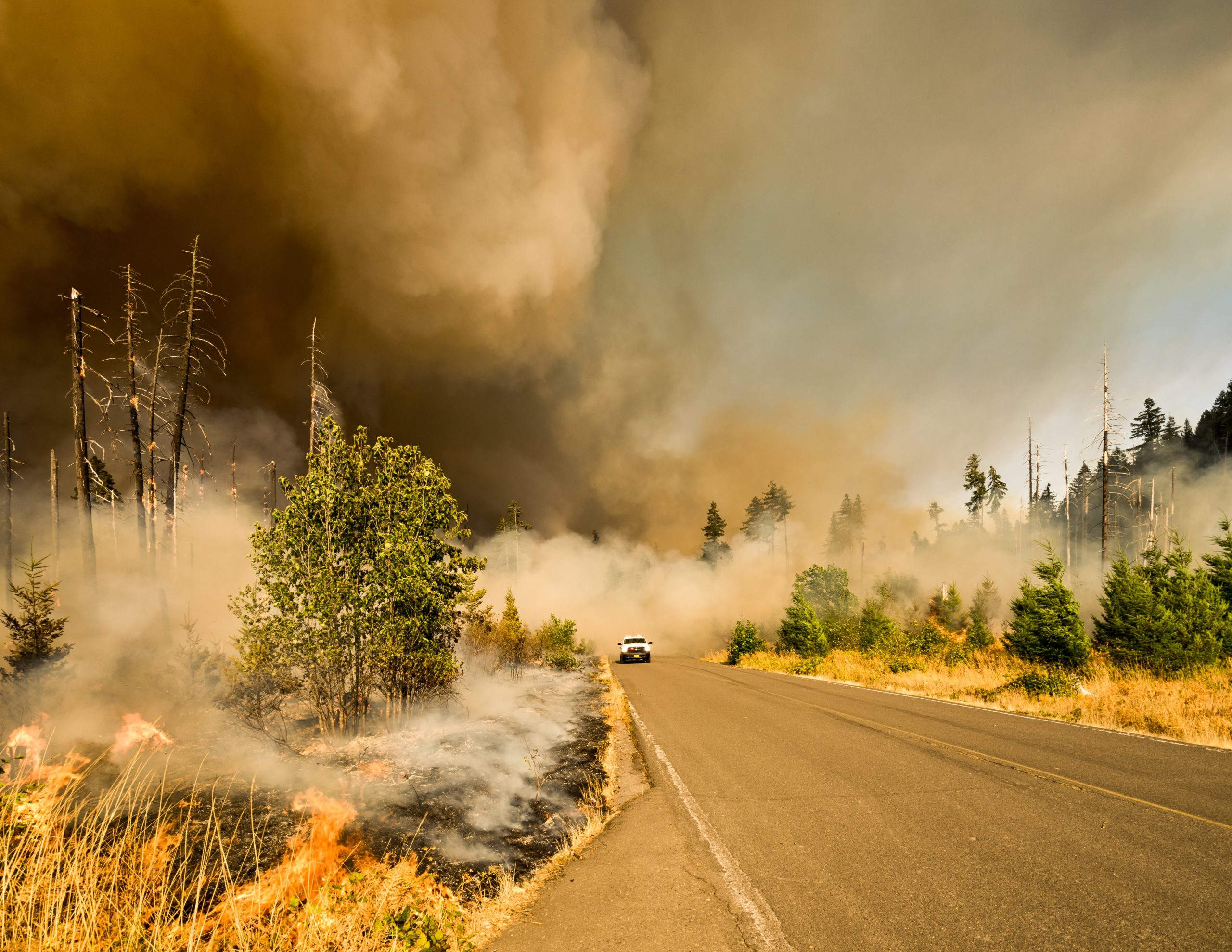Published: 11/19/2021
By Jamie Hansen, Global Health Communications Manager
As smoke and wildfire seasons intensify, investment in school infrastructure and education campaigns are urgently needed to protect kids’ health. A number of funding sources are currently available to schools for the purchase of air purification systems that help address both COVID-19 and wildfires.
Partners from across the state have developed a fact sheet supporting schools in implementing best practices and improving their infrastructure to reduce kids’ smoke exposure. Deadlines for a few key funding sources are fast approaching – providing schools an opportunity to start planning for future wildfire seasons.
“It’s a win-win for schools and kids when COVID-19 funding sources can be used to improve air purification,” said Erika Veidis, human and planetary health program manager at the Center for Innovation in Global Health. The center led the initiative as part of its Action Lab for Human and Planetary Health (ALPHA). “We want to help schools take advantage of these rare funding opportunities while they’re available – and start building a case for additional investments.”
Every year, about 7.4 million children across the United States are affected by wildfire smoke. A large proportion of these kids are in California. Smoke exposure causes more than short-term health impacts, such as trouble breathing, increased asthma attacks, chest pain, dizziness, and increased risk for upper respiratory infections – researchers are increasingly also finding long-term consequences, including reduced immune system functioning, changes in DNA, and increases in blood pressure that can all lead to cardiovascular and lung diseases later in life.
This year’s wildfire season was among the worst in recent history, with smoke reaching historic levels in many parts of the state. While schools often close when air quality is poor, this isn’t always the best solution – especially from an environmental justice perspective.
In 2018 alone, more than 1 million California students were forced to miss school due to wildfires, according to an analysis by CalMatters of California Department of Education data. These missed days disproportionately impact vulnerable students, who are more likely to miss meals, experience poor air quality at home, and suffer learning loss as a result of school closures. This compounds the enormous learning disruptions caused by COVID-19.
“By preparing now for next year’s wildfire season, schools can make classrooms safe, climate-resilient places for all kids – and maintain their education,” Veidis said.
Steps schools can take to prepare for wildfire season include:
- Monitor indoor air quality
- Improve HVAC systems, or approved portable air purifiers when HVAC installation isn’t an option or additional filtration is needed
- Create clean air rooms such as cafeterias or gyms where people can congregate
- Conduct a baseline assessment (such as a hazard mitigation plan) to determine infrastructure and vulnerabilities
- Follow activity guidelines to minimize student exposure when air quality is poor (consult with local air district on appropriate guidelines)
- Consider having children wear masks when they must be outside
This project is supported by the Action Lab for Planetary Health (ALPHA), based at Stanford Center for Innovation in Global Health – and researchers from Stanford’s Sean N. Parker Center for Allergy and Asthma Research, the Stanford Woods Institute for the Environment, and Stanford Health Care. Other key partners include: the Western States Pediatric Environmental Health Specialty Unit (WSPEHSU), the American Academy of Pediatrics California, the Office of Environmental Health Hazard Assessment, the Regional Asthma Management Program (RAMP), the Sonoma County Office of Education, the Washington Unified School District, and Schools for Climate Action.
Anyone with questions, comments, or interest in getting involved can contact: Erika Veidis, eveidis@stanford.edu.

